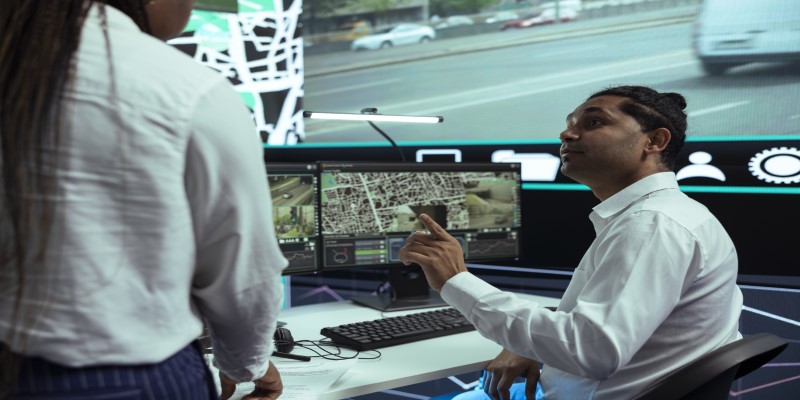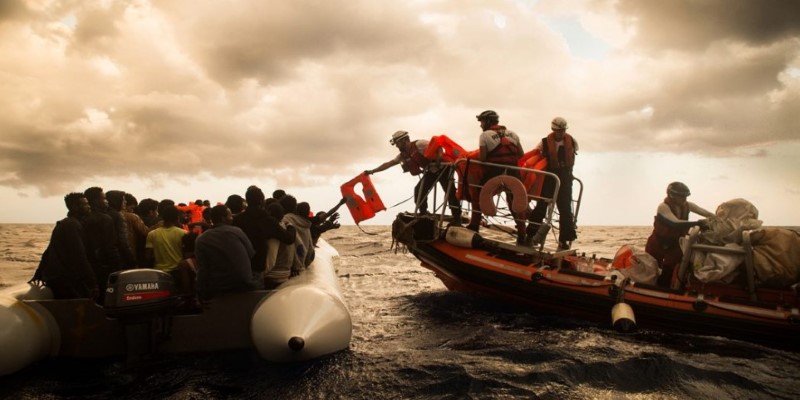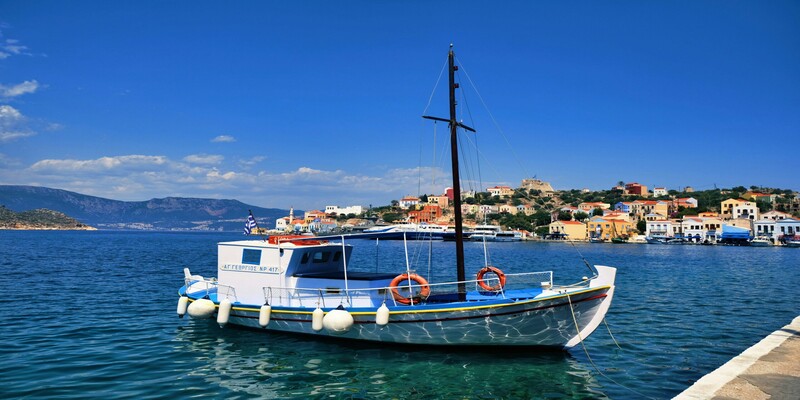Cruise ship vacations are often seen as a relaxing escape, offering sun-soaked decks and endless ocean views. However, recent reports reveal an unsettling trend: passengers going overboard.
While these incidents may seem shocking, understanding how and why they occur can shed light on whether they are as easy to make happen as they appear. This article delves into the reasons behind such accidents, the safety protocols cruise lines employ, and how these measures aim to prevent such tragic events.
The Scope of the Problem
Incidents of passengers going overboard on cruise ships are relatively rare but do occur with some regularity. Recent data shows a notable number of these incidents over the past few years. Although the exact frequency can vary, it's important to understand that the risk of falling off a cruise ship is generally low when compared to the total number of passengers and voyages.
Despite this, each overboard event raises serious concerns about passenger safety and the effectiveness of shipboard security measures. This highlights the need for continued vigilance and improvements in safety protocols to prevent such incidents.
The Safety Measures in Place
Cruise lines prioritize passenger safety with several robust measures designed to prevent overboard incidents and ensure quick response if they occur. Heres a closer look at the key safety measures implemented on modern cruise ships:
Railings and Barriers
Cruise ships are equipped with high railings and barriers around decks to prevent passengers from falling overboard. These railings are designed to meet strict international safety standards. They are generally tall and sturdy, but passengers are still encouraged to stay cautious and avoid leaning over them.
Surveillance Systems

Modern cruise ships are fitted with advanced surveillance systems that monitor deck areas. Cameras and sensors help the crew keep an eye on passenger activities and detect any potentially dangerous behavior. If someone does go overboard, these systems are crucial for quickly locating the individual.
Safety Briefings
Before setting sail, passengers attend mandatory safety briefings. These sessions cover emergency procedures, including what to do if someone falls overboard. Passengers are educated on the importance of adhering to safety rules and are familiar with the ship's layout and safety equipment.
Emergency Response Teams
Cruise ships have dedicated emergency response teams trained to handle various emergencies, including overboard incidents. These teams are equipped with specialized tools and follow established protocols to ensure a swift and effective rescue.
Regular Inspections and Maintenance
Safety equipment, including railings and barriers, undergoes regular inspections and maintenance. Cruise lines ensure that all safety features are in optimal condition to prevent accidents. Any issues are addressed promptly to maintain high safety standards.
How Passengers Can Stay Safe?
To ensure your safety on a cruise, follow these key practices:
Attend Safety Briefings
Listen carefully during the mandatory safety briefing before departure. Learn about emergency procedures, lifeboat locations, and how to use safety equipment. Familiarize yourself with the ships layout, including muster stations.
Follow Ship Rules
Adhere to all safety guidelines and restrictions. Avoid climbing on railings, entering restricted areas, or engaging in dangerous behavior. These rules are designed to keep you safe.
Stay Aware
Be mindful of your surroundings at all times. Pay attention to safety signs and crew instructions. Report any hazards, like loose railings or slippery floors, to the crew immediately.
Know Safety Equipment
Understand the location and proper use of safety equipment like life jackets and lifeboats. Practice putting on a life jacket and know how to access emergency equipment.
Keep Emergency Contacts
Have emergency contact information readily available, including crew contacts and local emergency services. Share your itinerary with family and friends.
What Happens After an Incident?
When a passenger goes overboard on a cruise ship, several critical steps are taken to handle the situation and prevent future occurrences:
Immediate Response

The ships crew launches a search and rescue operation as soon as an overboard incident is reported. This involves deploying rescue boats and using the ships surveillance systems to locate the person. Crew members are trained to act quickly and effectively to increase the chances of a successful rescue.
Investigation
An investigation is conducted to determine the cause of the incident. This includes reviewing surveillance footage, interviewing witnesses, and inspecting the area where the incident occurred. The goal is to understand how the accident happened and identify any factors that contributed to it.
Reporting and Analysis
Findings from the investigation are documented and reported to relevant authorities. The cruise line also analyzes the incident to assess and improve safety protocols. Lessons learned from the investigation are used to enhance preventive measures and ensure similar incidents are less likely in the future.
Communication
The cruise line communicates with the affected parties, including the passengers family, to provide support and information. The company may also release statements to the public, detailing what happened and the steps being taken to address the situation.
These steps are essential for managing the immediate aftermath of an overboard incident and improving safety practices on cruise ships.
Conclusion
Cruise ship overboard incidents, while alarming, are relatively rare considering the millions of passengers who embark on cruises each year. The combination of human error, environmental factors, and occasional mechanical issues can contribute to these accidents. However, the cruise industry has implemented rigorous safety measures to prevent such incidents and ensure a quick response if they do occur.
Passengers also have a vital role in maintaining safety by following guidelines and staying aware of their surroundings. By understanding the risks and the safety measures in place, both cruise lines and passengers can work together to ensure a safer cruising experience.




